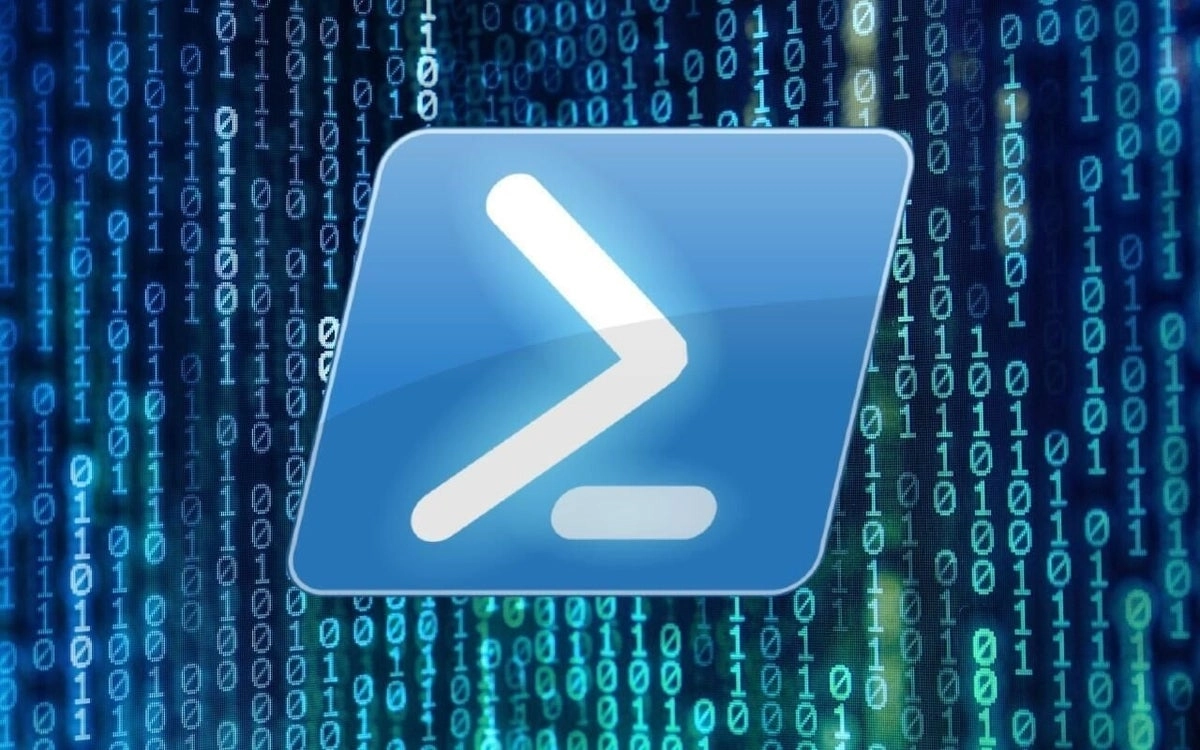PowerShell Cheat Sheet: The Ultimate Guide for Beginners
PowerShell is a powerful management framework developed by Microsoft over a decade ago, combining a command-line shell with a scripting language. It enhances the command line interface by automating tasks across local and remote systems, including Windows, macOS, and Linux.
Executive Summary
- What is PowerShell?
PowerShell integrates a command-line shell and scripting abilities based on the .NET framework, enabling management across various operating systems. - Why does PowerShell matter?
It allows automation of management tasks and is flexibly used with both Microsoft and non-Microsoft software. Commands, known as “cmdlets,” enhance functionality and enable updates. - Who does PowerShell affect?
It benefits companies that utilize Microsoft, Apple, and Linux services, empowering IT professionals managing these infrastructures. - When is PowerShell available?
The current open-source version, PowerShell 7.4.6, supports Windows, macOS, and Linux. - How can I get PowerShell?
PowerShell 5.1 is included with Windows OS. To get the latest version, download from Microsoft’s GitHub page or update via the native CLI.
What is PowerShell?
Launched in 2006, PowerShell was crafted to overcome the limitations of DOS-based CLI. It provides an environment for managing system administration tasks via powerful scripting capabilities. Over the years, PowerShell has evolved, adding functionalities to manage resources like Active Directory and Exchange Server. In 2016, PowerShell became open-source, extending its support to Unix-based systems.
PowerShell Commands
PowerShell consists of various cmdlets:
- Active Directory (module): Manage AD objects like computers and groups.
- Exchange Server (module): Administer Exchange Servers through included cmdlets.
- Get-Help (cmdlet): Displays usage information for commands.
- Get-Command (cmdlet): Lists available commands within modules.
- Set-Variable (cmdlet): Used for creating variables to store data.
- Invoke-Command (cmdlet): Executes commands on remote machines.
- Pipeline (|): Chains commands for multi-step tasks.
- Out-File (cmdlet): Exports command output to files.
- Import-Module (cmdlet): Brings additional modules into the environment.
- Third-party Modules: Develop custom cmdlets for application-specific tasks.
What is PowerShell used for?
PowerShell is instrumental for sysadmins managing servers, Active Directory, and deploying applications. Its remote management support allows executing commands on multiple machines without physical access, making it indispensable for efficient IT operations.
Why does PowerShell matter?
PowerShell represents a significant evolution in handling administration tasks, vastly improving capabilities over traditional DOS commands. Its open-source nature means that it can be utilized for managing a variety of server operating systems from any compatible client, allowing efficient cross-platform management.
Who does PowerShell affect?
PowerShell is a resource for diverse users, from end-users seeking productivity to administrators desiring efficient device management. The incorporation of PowerShell with business applications such as Azure reinforces its relevance in modern IT environment management.
When is PowerShell available?
Since its initial release in 2006, PowerShell has been integrated into Windows systems. The latest iteration available is PowerShell 7.4.6, released in October 2024, compatible with recent Windows, macOS, and Linux versions.
What are alternatives to PowerShell?
- Linux SSH
- PuTTY
- OpenSSH
- Windows Command Prompt
How can I get PowerShell?
PowerShell comes integrated with Windows starting from Windows 7. Upgrades to the latest versions are available through Microsoft’s official sites, including the GitHub repository for version 7.
How do I use PowerShell?
Numerous tutorials can help new users capitalize on PowerShell’s capabilities. Users can access PowerShell quickly via the Windows search function or the command line in macOS/Linux.
Is PowerShell a programming language?
While PowerShell functions similarly to traditional programming languages, it is primarily a scripting language designed for automating tasks rather than developing standalone applications. It allows users to execute commands in an object-oriented manner, facilitating complex data manipulation efficiently.
